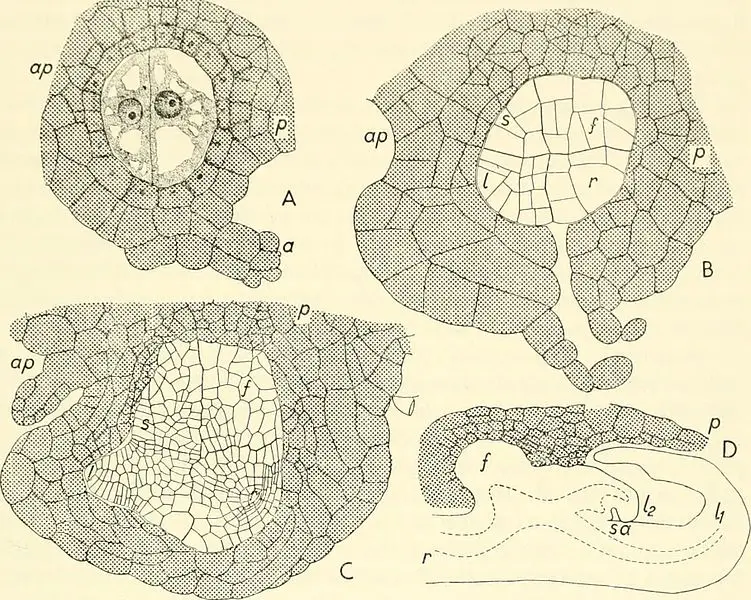
Why do Reindeer have antlers?
The Reindeer is observed to have antlers. The male and female reindeer of the species have antlers. The antlers are solid bone tissue with the shape of honey combed structure. The nubs that are coming out of skull support the deer antlers which are more in number ranging from one shaft to 11 branches. The pedicles are permanent structures that are present on the forehead of the deer and the antlers break out from that point every year. In the first year after its birth the young deer will have pedicles on the forehead. The young deer develops the existing pedicles and sprouts further. The pedicles modify into spike like shafts. There is formation of the first branch in the third year. As the years pass by and the deer grows and matures, the antlers grow in size. The antlers grow length wise as well as possess additional branches.
The number of branches on the antlers will determine the age of the deer and their number keeps on increasing with age. During the growth of the bony antlers, the antlers are wrapped with a type of skin called as Velvet’. This skin is inserted with blood vessels which provide the antlers with vitamins and minerals. These nutrients will be used in the growth of the bone and in advancing antler growth. The antler grows for about 2 to 4 months and the velvet will be shed by the antler later. A ring will be created at the base of the antler which sops the supply of blood to the velvet. Due to this, velvet sheds off, gets dried up and falls down. The antler will get regenerated like this and the process will be completed. The shedding of the velvet starts after mating is completed during the fall season.
Antlers are used by the deer to clear the ground when it snows heavily in winter. This act will help them to find the food and prepare their livelihood. Deer use antlers for its protection and for its defense against predators. The antlers are necessary features of the deer used to represent their eligibility to mate with the female.











Leave a Reply